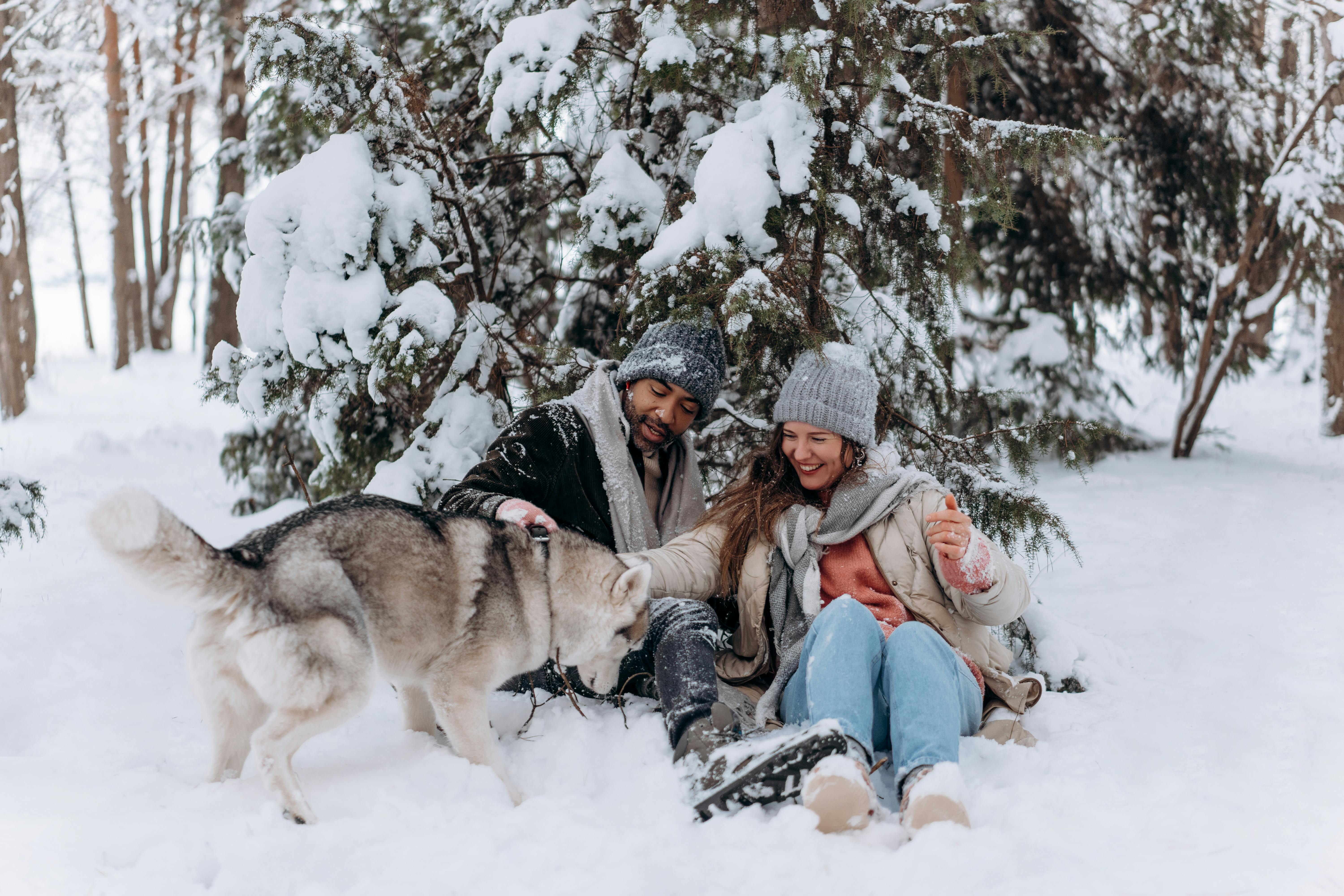Happy dogs start with great food and great training
Every dog owner knows that proper training is one of the most important things we can offer our pets. Good training ensures that the transition from the animal to the family is a positive experience for everyone.
I had the privilege of chatting with Carol Davis, founder of Canine Companions Dog Training School in Hamilton, MA to learn more about the various aspects of dog training and why obedience classes can help a struggling puppy or dog transform into a friendly and healthy dog. behaved pet that have the potential to become.
Ámbar: What form of training seems most effective to you?
Carol: I believe in positive coaching and using small group classes. There is a great advantage to providing distractions for a dog in a classroom setting rather than individual training. Dogs don’t generalize very well, so it’s good to offer some distractions during training. It is also good for people because they see that their dog is not the only one with (behavioral) problems.
Amber: What are some of the biggest challenges you or your clients face during dog training?
Carol: The most frustrating and sad part of my job is often dealing with people who really don’t want to waste time to achieve what they could achieve. They see the problems, briefly give it a try, and then they just go away. You have to wonder what that dog’s life will be like.
My goal is for everyone to have dogs that can be in their home, not in the basement, not in the garage, not in the backyard. Dogs that are not destructive but friendly: they get along well with people, with other dogs … maybe with cats – and as a result they get to have a wonderful life.
Amber: Do you have a dog training success story that you are most proud of and would like to share with our readers?
Carol: Many years ago I had a Welsh Terrier that was hell-bent on self-destruction. He was incredibly sensitive to sound … if the phone rang, he plugged it in and tried to chew on it. If the owners flushed the toilets, it would attack the toilet seat. The worst part was that if the oven door creaked, it would try to jump into the oven. In class, if another dog’s collar vibrated, he would go crazy and try to attack the dog.
I remember years later when no one else knew what the dog looked like, and I kept going to class, everyone would say, “Oh, what a wonderful, well-behaved dog!” And the owner looked at me and I looked at her and we both laughed. That was a case of basic perseverance.
Amber: Is there a particular breed or personality trait that would make you an ideal candidate for agility dogs?
Carol: I really don’t think there is a breed that is better for agility unless you are really trying to compete. We can make someone with a Great Dane do it and someone else with a Corgi do it. The point is for the dog and the owner to do something fun together that they are looking forward to doing together … and that is exercise!
It is meant to be fun. There are times when I literally teach until it snows outside. In mid-December, when it hasn’t snowed yet, I have to tell people, “Go home and enjoy Christmas!” They have a lot of fun.
I’ve also found that agility training has been wonderful for shy or timid dogs, dogs that walk in and say, “What’s that? I can’t do that. Are you crazy?” After eight weeks, 99% of them are happily jumping in and doing the things they were afraid to do at first. Agility really helps bring dogs out of themselves and make them more confident – I’ve had a lot of instances of that!
